How To Culture Your Own Butterfly?
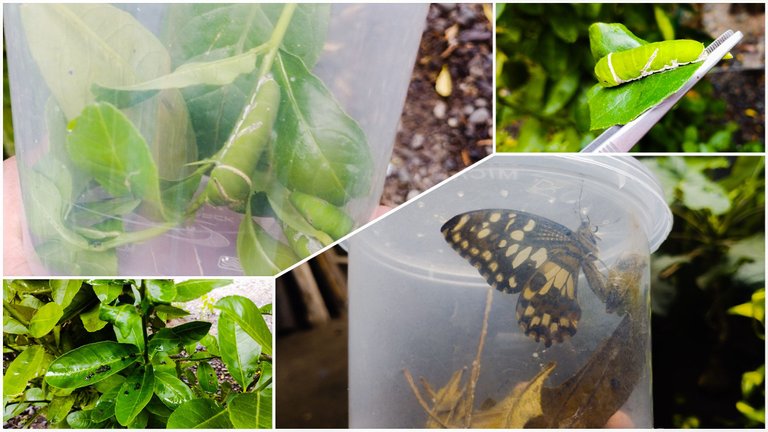
When I was young, I loved playing in the middle of the afternoon catching bugs with friends under the sun's heat, dragonflies, and butterflies. Trying to catch the dragonfly only by hand, the small and large type green dragonfly, they made an improved net using some plastic and placed a wooden stick as a handle. Also, butterflies, but at young ages, they were forbidden to catch a butterfly. They said they were the souls of a deceased family member, and a child like me believed that thing. But when I was in college, we needed to catch different insects as part of the Crop protection subject and introduction to entomology.
Insects play a great role in your ecosystem; they are one of the balancers. They were pollinators and predators of other insects and pests. But agreed that most of the time, they cause this problem, sometimes mild and often severe.
The butterfly was beautiful, but the larvae going to the pupal stage somehow became a pest. That is what happened to me when I saw my lemons suddenly have curly leaves and damaged prematurely shoots. as I looked around, I saw signs of a voracious creature living a free life on my citrus. Dung secreted by some larva; This was an excellent fertilizer but somehow not beneficial if they will kill down the mother plant.
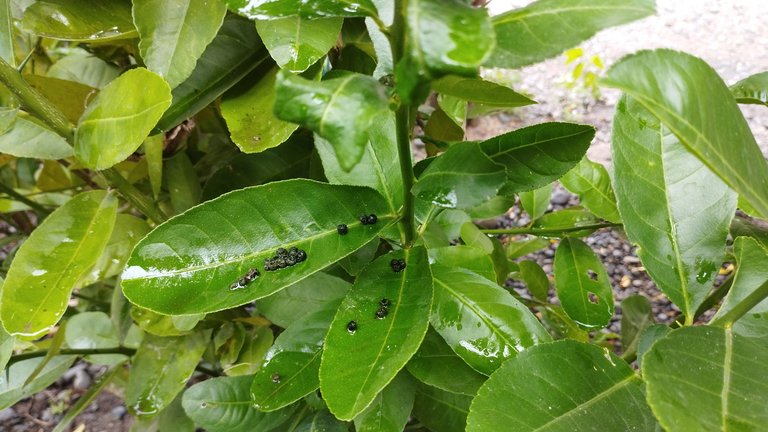
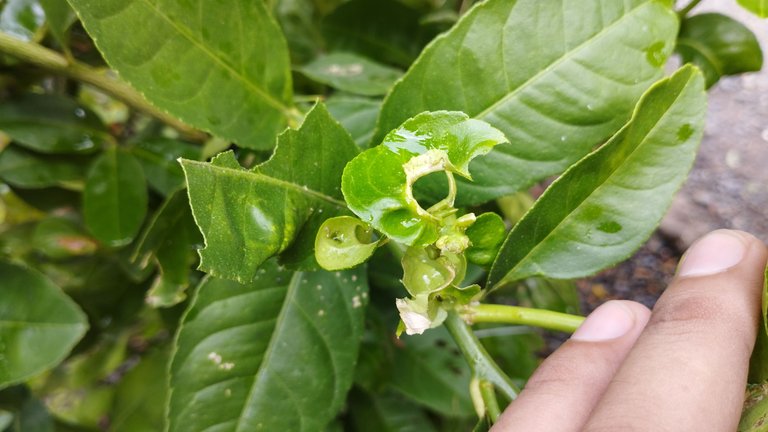
Lemon is expensive here in the Philippines, and one fruit causes a lot of because we were not that productive in planting and harvesting; importation saves us more time. As the prices of lemons in the market are somehow extravagant for ordinary people like me, I just planted mine. So anytime I need it, I have to get it from my backyard.

Another side that I enjoyed in lemon is the aroma of the leaf. As I am not in the mood, sometimes I go to the garden to pick some leaves and smell the citrus smell. It gives me some relaxation, so it was problematic on my side that there was a buildup colony of larvae in my lemon tree, I also grew different citrus, but they also much favored in lemon.
Prepare your culture box
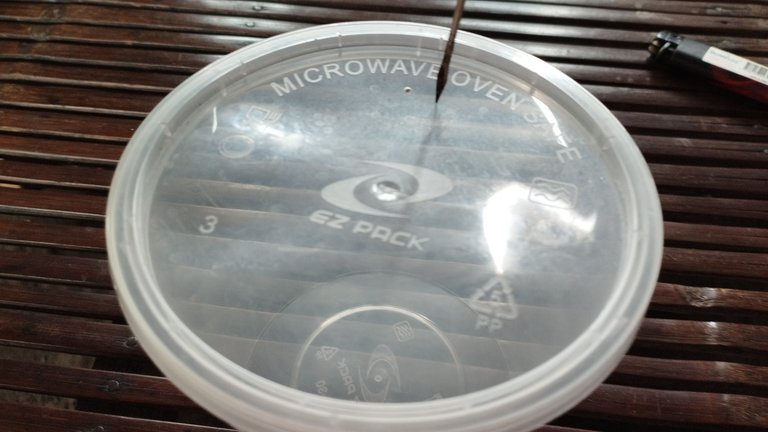
This was made with disposable plastic in the kitchen, and I just brought some holes at the top of the bottle to give some air flow to the insects. This will secure your insects from other bugs and ants and prevent them from going out when they become matured winged insects.
Prepare your specimen.

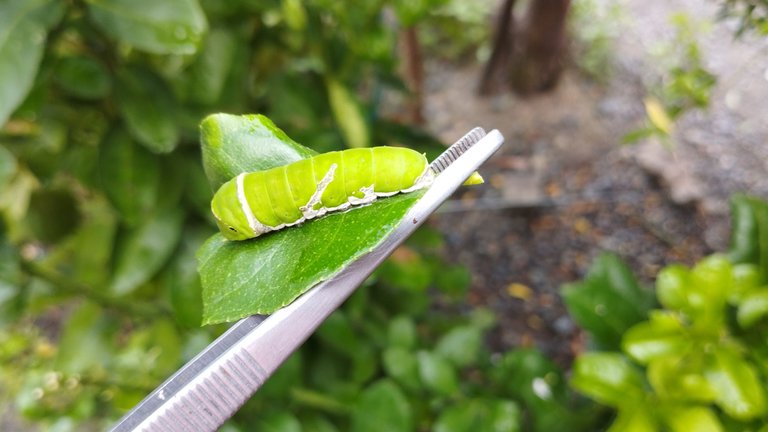
Look for candidate specimens; you do not have to distract their cycle. Careful not to touch the larvae to avoid unnecessary contact, I used tweezers to hold them. If you make it your school project, look for healthy and much bigger specimens to have more healthy butterflies soon.
Place your specimen in the culture box.
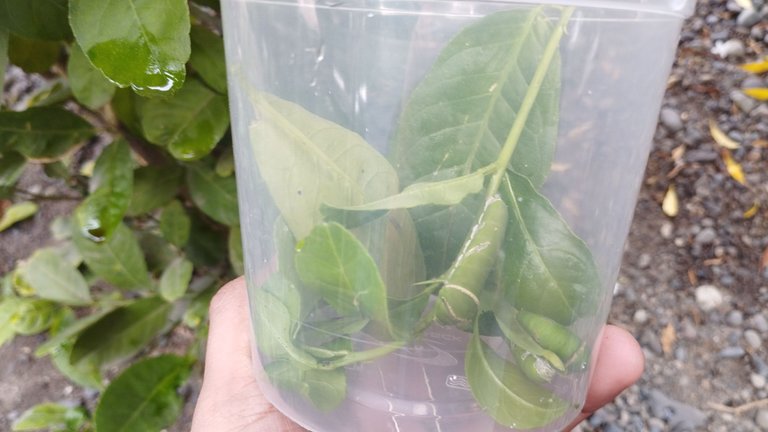
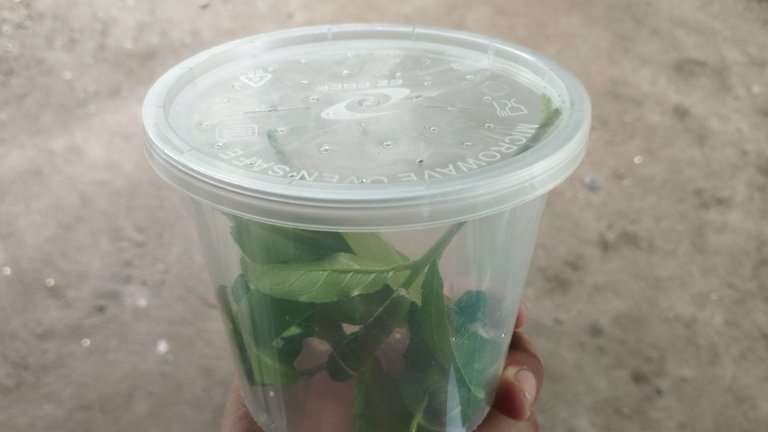
This way, you could secure them while waiting for their metamorphosis. Metamorphosis is the change from pupa to mature winged insects. They need to feed a lot as they will be hibernating for a few days. Generally, in the insect's life cycle, they go to an egg, hatch and become a pupa.
Feed your specimen.
It would be best if you also fed your specimens from what plant you get your sample; it also must be the leaf you will introduce to graze them. They could easily be distracted when introduced to something they didn't like.
From the moment they hatched, lemon leaves were their feast until the last day before they would sleep in a cocoon; it must be lemon as always, not just lemon, but most of the citrus family was the breeding and feeding ground of butterfly.
Wait and observe.

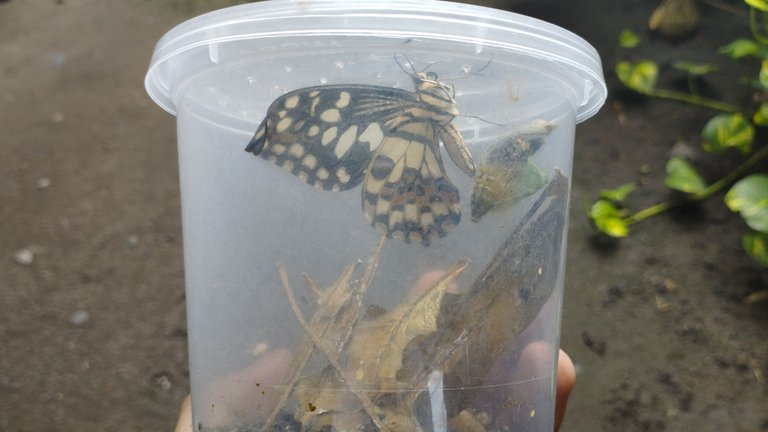
In observation, you will notice that they will be ready for hibernation when their green color changes to brown, which means they are preparing to harden out and wait until the day they become mature.
Why are we using this distraction technique?
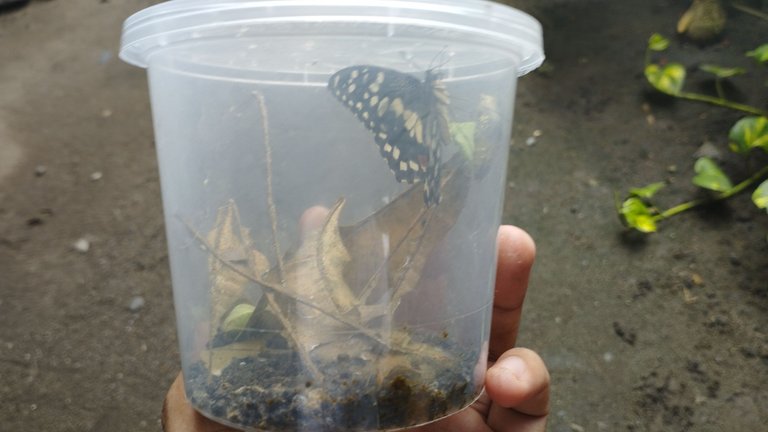
Sometimes when you see some larvae for the first time, you won't know if they were a butterfly or a month. It's hard to distinguish them by just looking as if they were worms, so we do is to get a sample and observe them until they get matured.
Also, it is an excellent way for you to learn my hands as you will see how they behave within your eye.
This becomes a distraction, for they will be forced to me hibernate when they have no resources left. But as you keep them in your garden, they will also cause some problems, such as die-back in your citrus and losing nutrients for damaging and foraging the leaf and anything.
So I collect them, place them under the culture and box, and let them sit for a while, for I also love butterflies and know their benefits. I free them from pollinating my plants. Also, soon when times and budget permit, I wanted to create a mini butterfly sanctuary in my home; I could have some experience cultivating them soon enough.
ALL PHOTOS BELONG TO @eunoia101
 | Hi, eunoia101 is a Farmer, Registered Agriculturist, Agronomist, Farm Technician, Mushroom Cultivator, Entrepreneur, and soon Researcher. Suppose your problems or queries are in any of the fields, don't feel hesitant to comment. We will try to resolve that. Upvote and reblog are highly appreciated. |
|---|
How interesting how you do it, and how nice that you want to have a little butterfly farm.
Speaking of lemons, here lately, they are expensive too. And I have a small plant on my balcony which is a couple of years old, but it has never given me a lemon.
Thank you @coquicoin, I loved flowers thou haha maybe some art with flowers and insect together, and open up some picture picture farm. My lemon was a grafted one, so I little bit worried that it causes die back for I have only one root now, I want to have more as their stems matured going to marcotted them too.
we call that lemon here as “suha” we use it to mix with kinilaw, :( aww hope the butterfly got released already , i feel bad for the little guy being inside the container
Uwu yeah kinilaw the best with the perfect sourness of the this citrus hehe
Ako na takot sa dragonfly. Hahaha. Anyways, looking forward to your butterfly mini sanctuary sir @eunoia101 ..
Thanks @volleyren20 yeah soon haha maybe retirement pa whaha
Ipon lang ng ipon sa ngayon para dun kasi malayo ka pa sa retirement sir @eunoia101 . Haha
We have a lot of plants infested by these caterpillars back then. All we do is captured them and wait for them to become a butterfly. After that, we will gave them to our pet spiders hahaha
Uwu anong pet spider yan? tarantula ba?
Bihira sa amin yung tarantula kaya mga gantong gagamba lang nahuhuli na namin hahaha
Oh this is what they will become.. now I know. There's a lot of these again on my lemon plant and they're not yet big . If they grow more maybe I can try this one too. 😊
haha they consume a lot of leaves thou better prevent things to happened talaga.
That's why the leaves of my lemon are all gone sometimes. Buti nalang di nagtatampo na nauubos dahon niya. hihi.
That would be wonderful - having a mini butterfly! I'll try this one if ever there's a caterpie here on my calamansi plants.
Hehe soon enough magkakaroon, and wow yeah this is amazing thou and also for content sake haha
Thats pretty interesting! You can follow up the metamorphosis
!1UP
Yiie exactly, as I go witnessed how they transformed to something great.
You have received a 1UP from @gwajnberg!
@stem-curator
And they will bring !PIZZA 🍕.
Learn more about our delegation service to earn daily rewards. Join the Cartel on Discord.
I gifted $PIZZA slices here:
@curation-cartel(11/20) tipped @eunoia101 (x1)
Send $PIZZA tips in Discord via tip.cc!
Very beautiful photos (I especially like the caterpillars) and interesting post! :)
Thank you admin, I loved insect too and the community gives me more opportunity to showcase some.
So amazing to watch this kind of miracle.
I remember when I was a child I also use to take dragon fly by hand. It was exciting to approach them little by litle until we arrive to take their tail. Later we use to play it as an flight from their tail.
Thank you for sharing!